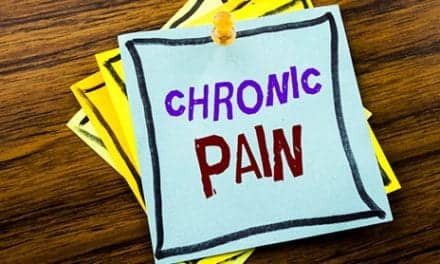Young women demonstrate less strength and neuromuscular control after puberty, and that could make them susceptible to anterior cruciate ligament (ACL) injuries, suggests a new study.
The study was presented during the recent Association of Academic Physiatrists (AAP) Annual Meeting in Sacramento, Calif.
In the study, researchers from the University of Florida studied neuromuscular control and strength development through different phases of female maturity to determine the role they play in females’ increased risk of developing an ACL injury during physical activities, such as jumping, explains a media release from the AAP.
“Compared to males, females tend to develop different strategies of movement during maturation, which place them at a higher risk of injury,” explains Daniel Herman, MD, PhD, the study’s lead investigator.
“Studies have shown that we can correct these strategies with injury prevention programs, but it would be best if we could prevent these high-risk strategies from developing in the first place. We feel that improving strength development during maturation may be the key,” adds Herman, assistant professor in the Department of Orthopaedics and Rehabilitation at the University of Florida.
Herman’s team studied 56 healthy middle-school-aged females. Using the Maturation Observational Scale, they separated the participants as follows: 18 were considered prepubescent (being just under 12 years old); 21 were considered in puberty (around the age of 12); and 17 were considered postpubescent (being just under 14 years old).
The researchers then asked each participant to perform three jump landings where they jumped from a box to the ground and immediately jumped vertically as high as possible after landing. Using the Landing Error Scoring System, or LESS—which uses an 18-point checklist for evaluating motion from both the side of the body (eg, knee bending) and the front of the body (eg, knees coming together or apart)—and two-dimensional video, the researchers were able to assess the neuromuscular control of each participant during the exercise. Additionally, they tested the participants’ strength in knee extension and flexion as well as hip extension and abduction, the release explains.
The team found that postpubescent participants had higher knee flexion strength when compared to those who were prepubescent, but there were no other differences in strength between the groups. The postpubescent group also had higher LESS grades, which indicates worse neuromuscular control, than both the prepubescent and pubescent group. Finally, the post-pubescent group had strong negative correlations between knee extension and LESS and hip abduction and LESS, the release continues.
“Males tend to have significant increases in strength as they mature; this allows them to cope with the increases in weight and height that they also experience during maturation. The lack of group differences between the females in this study suggests a lack of similar increases in strength during maturation,” explains Herman in the release.
“We think that a relative lack of strength to cope with increases in size and height serves to drive the differences in motion patterns that we see develop between males and females during maturation,” he adds.
[Source(s): Association of American Physiatrists, Newswise]





